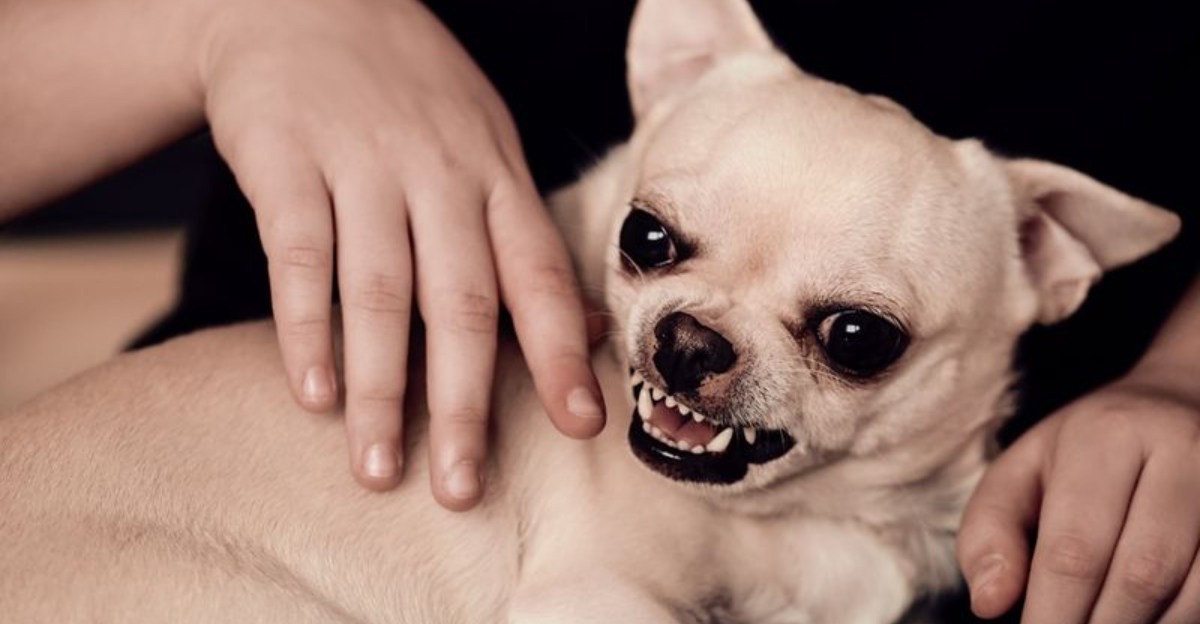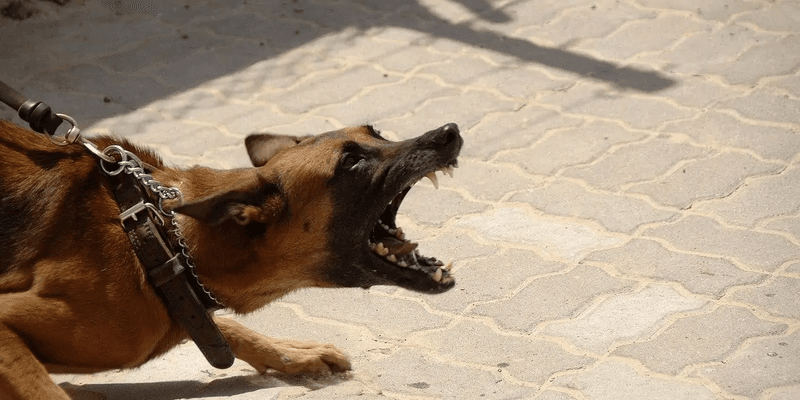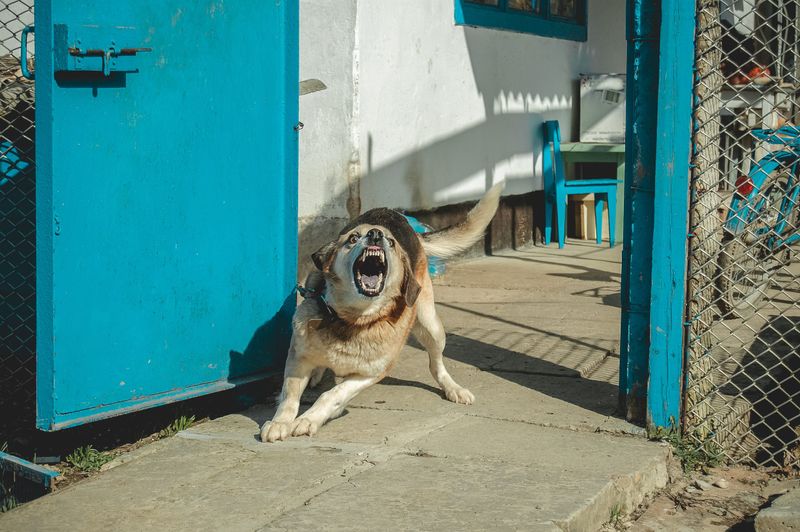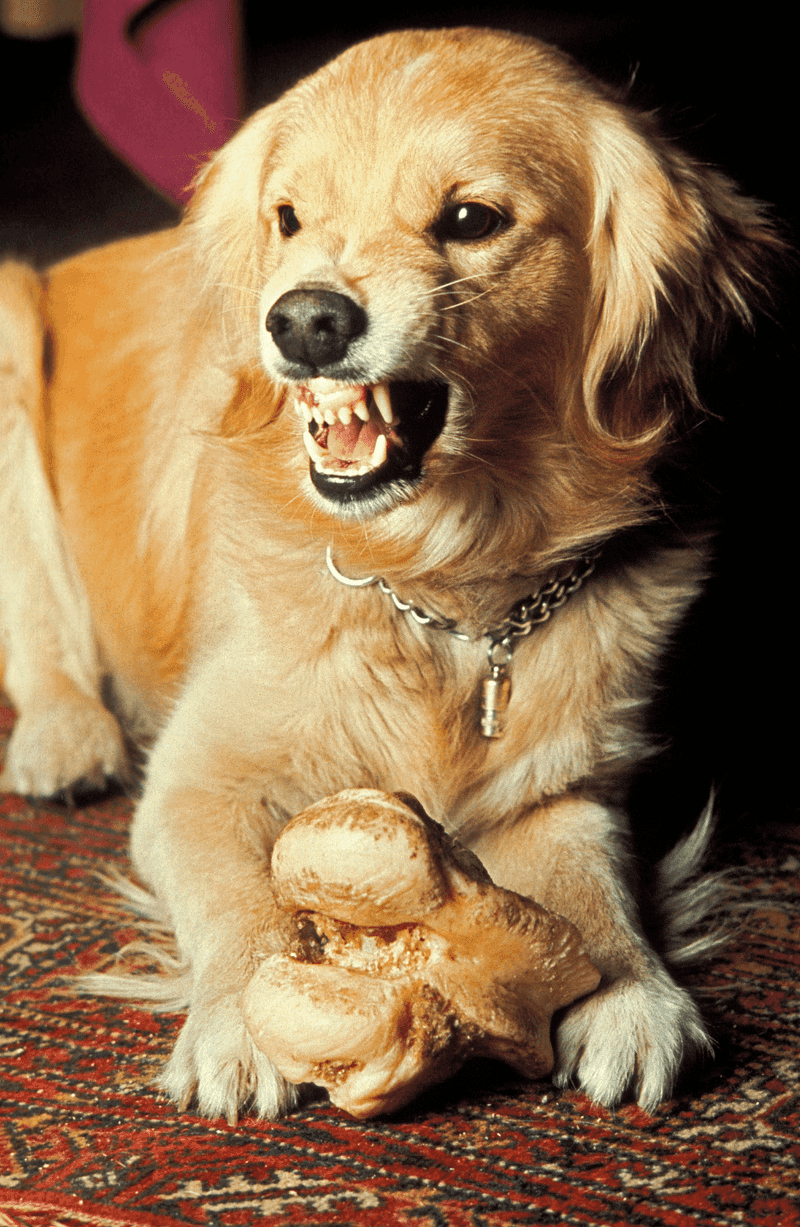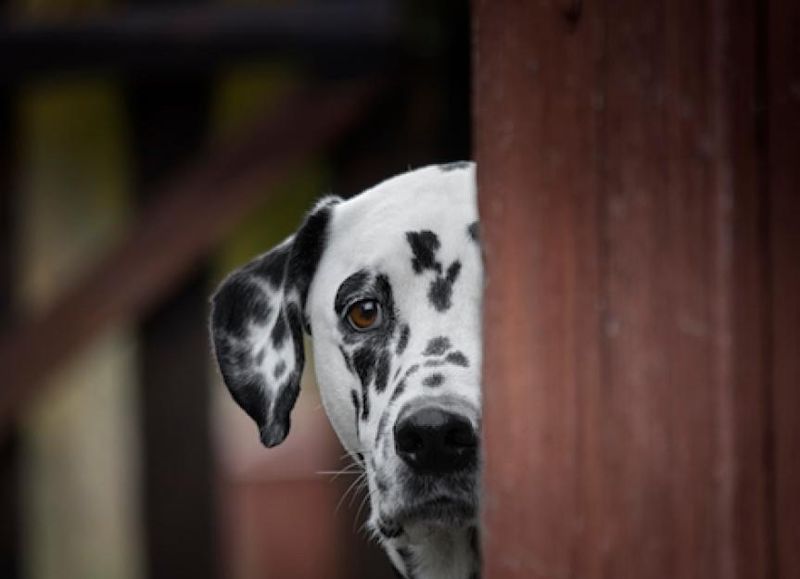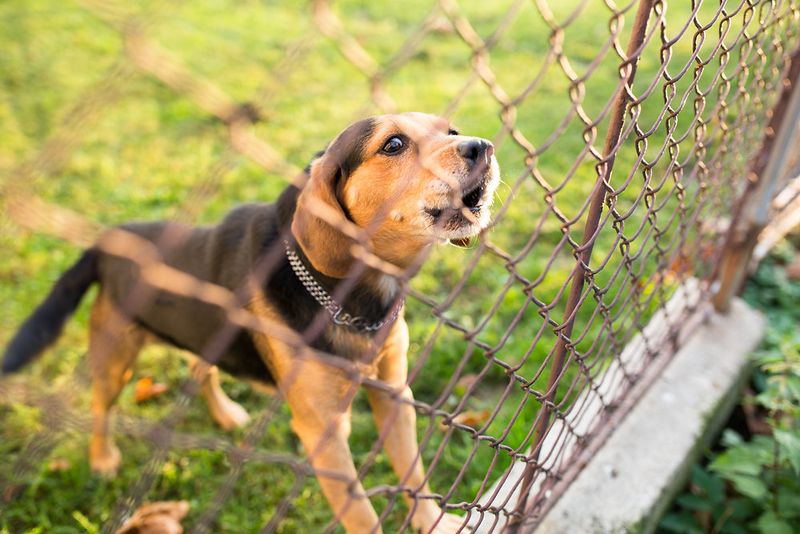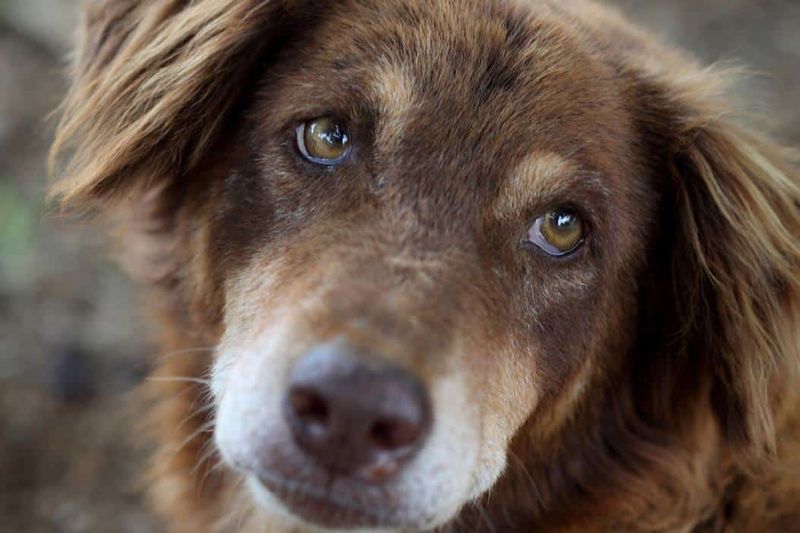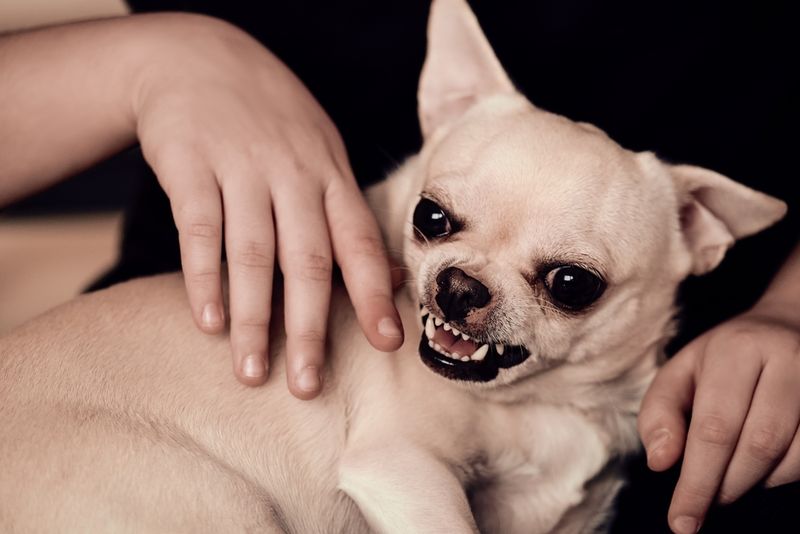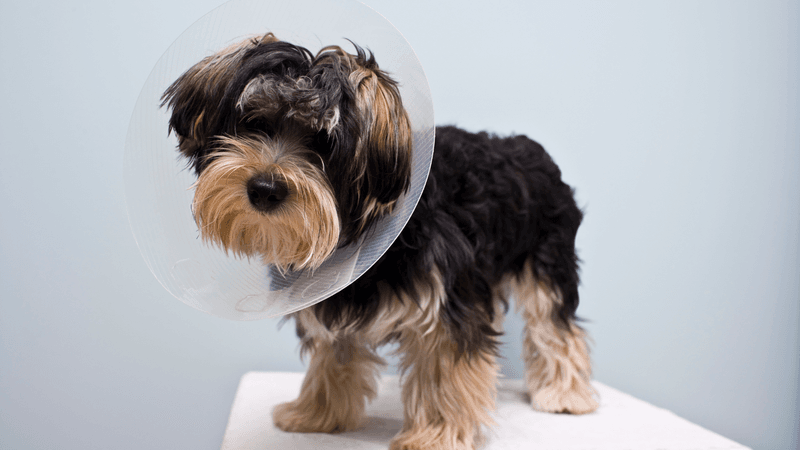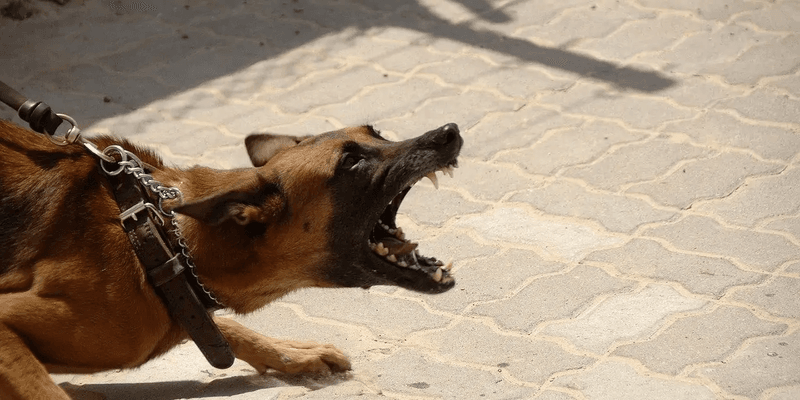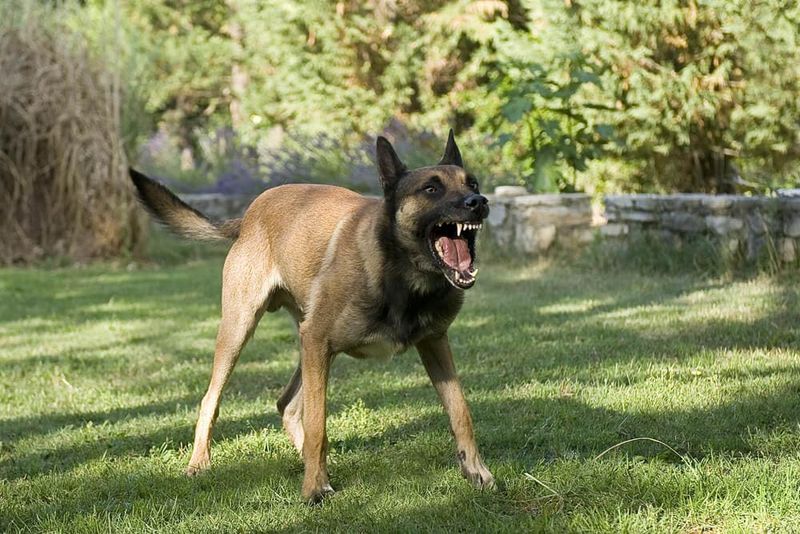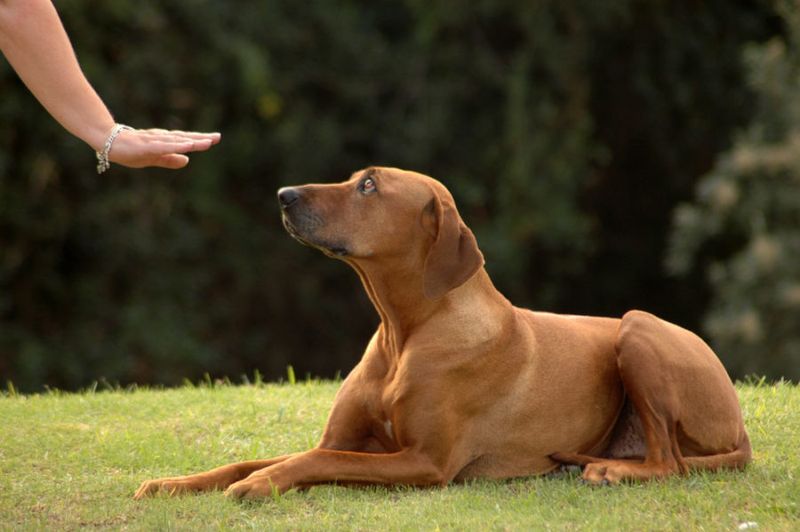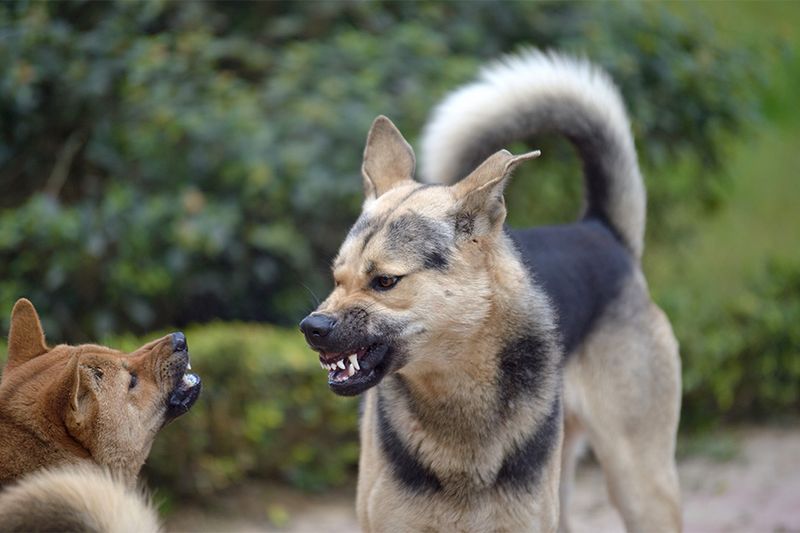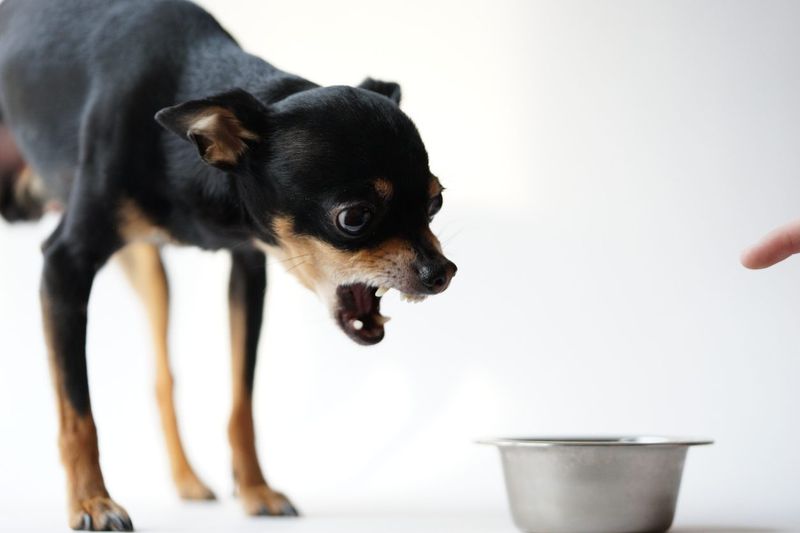Dogs, often celebrated as man’s best friend, sometimes exhibit aggression that puzzles even the most experienced pet owners. Understanding these unexplained behaviors can be crucial in nurturing a harmonious bond with your furry companion. This post delves into 17 mysterious reasons why some pet dogs might turn aggressive, from health issues to environmental factors. Knowing these causes can help in managing and preventing such behaviors.
Unexpected Pain
Imagine your dog suddenly snapping when you touch its belly. Often, this aggression stems from unexpected pain your pet is experiencing. It could be arthritis, an unseen injury, or even a hidden illness. Dogs can’t tell us when they’re hurting, and their discomfort might manifest as aggression. When pain goes unnoticed, it can lead to unexpected and seemingly random aggression. Regular vet check-ups can help diagnose and manage these hidden pains, ensuring your dog’s comfort and happiness.
Fear Response
Picture a small dog with its ears back, eyes wide, cowering in a corner. Fear can transform even the gentlest pet into an aggressive one. This response is often instinctual, harking back to a dog’s wild ancestors. When faced with a perceived threat, fight or flight kicks in. If flight isn’t possible, aggression might be the next best option. Helping your dog feel safe and secure can reduce these fear-based reactions.
Lack of Socialization
Young dogs, like children, benefit from early socialization. Without exposure to various people, animals, and environments, they may become wary and aggressive. Imagine a young dog isolated in a garden, watching others play behind a fence. This lack of interaction can lead to uncertainty and fear, manifesting as aggression. Regularly introducing your dog to new experiences helps build confidence and reduces aggressive tendencies.
Territorial Instincts
Territorial instincts are strong in many breeds. A dog that perceives its home as a territory to protect may show aggression towards perceived intruders. Picture a large dog standing guard at the front door, alert and protective as a delivery person approaches. This behavior, while natural, can be managed with training and controlled exposure to visitors.
Resource Guarding
Resource guarding is common in the animal kingdom. Dogs may growl or snap to protect what they value—a bone, a toy, or even their favorite human. Visualize a dog clutching a bone possessively, guarding it from an approaching canine. This protective behavior is instinctual but can become problematic. Training can help your pet understand sharing doesn’t mean losing cherished resources.
Past Trauma
Dogs are creatures of memory, and past traumas can emerge as aggression. An older dog might flinch at a raised hand, a remnant of previous harsh treatments. Understanding and patience are key to helping these dogs overcome their fears. Positive reinforcement and a gentle approach can slowly rebuild trust, reducing aggression linked to past experiences.
Frustration
Frustration can lead to aggressive displays. A hyperactive dog might pull on the leash, barking wildly at the park fence, eager to join the fun but unable to do so. This can result in aggressive behavior borne from pent-up energy and desire. Providing adequate exercise and mental stimulation helps alleviate frustration and reduce the risk of aggression.
Illness or Neurological Issues
Illness or neurological issues can alter a dog’s behavior dramatically. A sudden aggressive shift might hint at underlying health problems. Imagine a dog with a confused expression, visiting a veterinary neurology clinic for evaluation. Conditions like epilepsy or brain tumors can trigger aggression. Timely medical intervention is crucial in managing such cases, ensuring your pet’s well-being.
Protective Aggression
Protective aggression is natural, especially for mother dogs. A mother with puppies might show aggression towards perceived threats to her litter. Picture her standing between her pups and a stranger, barking a warning. This instinctual behavior is protective, not malicious. Understanding and respecting this space can prevent unnecessary conflict.
Genetic Predisposition
Genetics play a role in aggression. Some breeds are naturally more predisposed due to their historical roles. Consider a Doberman standing alert in a park, its lineage tied to guarding and protection. While not every individual dog will be aggressive, understanding breed characteristics helps manage potential tendencies through training and socialization.
Hormonal Changes
Hormonal changes can cause shifts in behavior. An unneutered male might exhibit aggression due to testosterone spikes. Picture a dog in a clinic, the vet explaining these changes to a concerned owner. Spaying or neutering can alleviate these hormonal influences, promoting a calmer demeanor. Consulting with your vet can provide guidance tailored to your pet’s needs.
Lack of Exercise
Dogs need physical activity to channel their energy. Without it, they might become restless and aggressive. Picture an energetic dog confined to a small apartment, bouncing off the walls with pent-up energy. Regular exercise provides an outlet, reducing the likelihood of aggression. Activities like fetching or agility exercises can transform excess energy into positive experiences.
Environmental Stress
Environmental stress can trigger aggression. A dog in a noisy, bustling city might feel overwhelmed, leading to aggressive outbursts. Imagine a dog in a crowded urban setting, its anxiety palpable. Identifying stressors and creating a calm environment can help mitigate this. Providing a safe retreat and gradual exposure to stressful situations aids in building resilience.
Inconsistent Training
Inconsistent training can cause confusion and aggression. A dog might receive mixed signals from different family members, leading to frustration. Picture a confused dog hearing varied commands, unsure of what’s expected. Consistent training techniques help establish clear expectations, reducing anxiety and aggressive reactions. Unified approaches promote understanding and cooperation.
Overstimulation
Overstimulation can lead to aggressive behavior. A dog at a busy festival might become overwhelmed by the noise, people, and activity. Imagine the cacophony surrounding the pet, causing it to react defensively. Recognizing signs of overstimulation and providing breaks can prevent aggression. Ensuring your dog has a quiet space to retreat to is essential.
Dietary Issues
Diet affects behavior. A dog with dietary issues might experience discomfort, leading to aggression. Picture a dog with an upset stomach, eyeing its meal suspiciously. Nutritional imbalances or allergies can influence behavior, making it essential to provide a balanced diet. Consulting with a veterinarian can help address dietary concerns, promoting a healthy, happy disposition.
Age-Related Changes
Age can bring behavioral changes, including aggression. An elderly dog with a gray muzzle might react grumpily due to aches or sensory decline. Picture this senior pet moving slowly in its familiar home, preferring peace over chaos. Understanding these age-related shifts helps accommodate your dog’s needs, fostering a calm and loving environment.
